The art of breeding guppies, those vibrant and lively freshwater fish, requires a delicate balance of environmental factors, with water temperature standing as one of the most critical elements. Unlike many other tropical fish, guppies thrive in a relatively narrow thermal range, and even slight deviations can impact their health, reproduction, and overall vitality. For breeders aiming to optimize their guppy populations, mastering the precision of water temperature control isn’t just a suggestion—it’s a necessity.
Guppies, scientifically known as Poecilia reticulata, originate from the warm waters of South America, where temperatures typically hover between 72°F and 82°F (22°C to 28°C). While they are adaptable creatures, successful breeding demands a more refined approach. The ideal temperature for reproduction sits at the higher end of their comfort zone—around 78°F to 80°F (25.5°C to 26.5°C). This range accelerates metabolism, encourages mating behaviors, and ensures optimal conditions for fry development. Straying too far from this sweet spot can lead to complications such as delayed gestation, reduced fertility, or even increased mortality rates among newborn fry.
Why does temperature play such a pivotal role in guppy reproduction? The answer lies in their physiology. Warmer water speeds up their metabolic processes, which in turn stimulates breeding activity. Female guppies, in particular, are highly sensitive to temperature fluctuations. If the water is too cold, their reproductive cycles slow down, and they may hold onto fertilized eggs longer than necessary. Conversely, excessively warm water can cause stress, leading to premature births or weak offspring. Precision is key—maintaining stability within that ideal range ensures that both adults and fry remain healthy and vigorous.
Advanced breeders often employ digital thermostats and heating systems with fail-safes to prevent sudden temperature swings. Unlike basic aquarium heaters, which may fluctuate by several degrees, high-end models can maintain water temperature within a half-degree margin of error. This level of control is especially crucial in breeding tanks, where even minor variations can disrupt the delicate balance required for successful fry rearing. Pairing these systems with reliable thermometers—preferably digital for accuracy—allows breeders to monitor conditions in real time and make adjustments as needed.
Another often-overlooked factor is the relationship between temperature and oxygen levels. Warmer water holds less dissolved oxygen, which can become problematic if not managed properly. Guppies, like all fish, require sufficient oxygen to thrive, and breeding females have even higher demands due to the energy expended during gestation. To counteract this, breeders should ensure adequate aeration in their tanks, using air stones or sponge filters to maintain oxygen saturation without creating excessive water movement that could stress the fish.
Seasoned guppy enthusiasts also recognize that temperature affects not just reproduction but also the sex ratio of fry. Some studies suggest that slightly higher temperatures (within the optimal range) may result in a higher proportion of male offspring, while cooler conditions could favor females. While this isn’t an exact science, it’s an intriguing consideration for breeders looking to fine-tune their populations. The interplay between genetics and environment remains a fascinating aspect of guppy breeding, and temperature is one of the most influential variables in this equation.
Beyond the technical aspects, there’s an art to observing guppy behavior as an indicator of thermal comfort. Active, brightly colored fish with steady appetites are usually a sign of proper conditions. If guppies appear lethargic, lose their vibrancy, or show disinterest in food, it may signal that the water temperature is off. Breeding pairs should exhibit frequent courtship displays—males darting and displaying their fins while females respond positively. A lack of such interactions could mean the environment isn’t conducive to reproduction, prompting a reassessment of heating settings.
For those breeding guppies in larger setups or outdoor ponds, temperature control becomes even more challenging. Seasonal changes, nighttime drops, and sudden weather shifts can all destabilize conditions. In these cases, insulated tanks or greenhouse-style enclosures can help buffer against external fluctuations. Some breeders use backup heaters connected to uninterruptible power supplies to guard against equipment failures, ensuring that even during a power outage, the temperature remains stable.
Ultimately, the precision control of water temperature in guppy breeding is a blend of science, technology, and attentive care. By understanding the nuances of how heat affects these fish, breeders can create an environment where guppies not only survive but flourish, producing robust generations of fry with the same dazzling colors and vitality as their wild ancestors. Whether for hobbyists aiming to expand their collections or commercial breeders supplying the aquarium trade, mastering this aspect of husbandry is what separates the average from the exceptional.
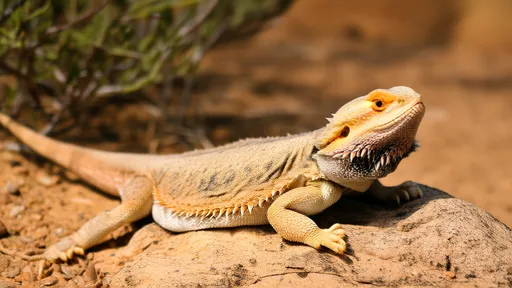
By /Jun 28, 2025

By /Jun 28, 2025
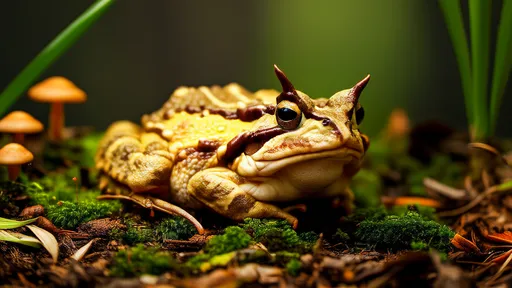
By /Jun 28, 2025
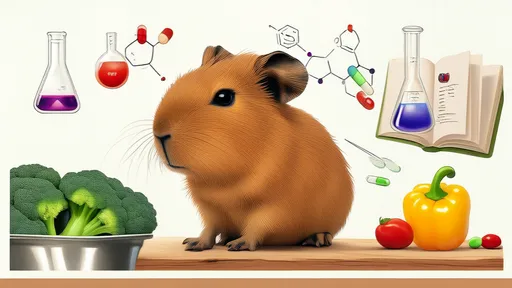
By /Jun 28, 2025
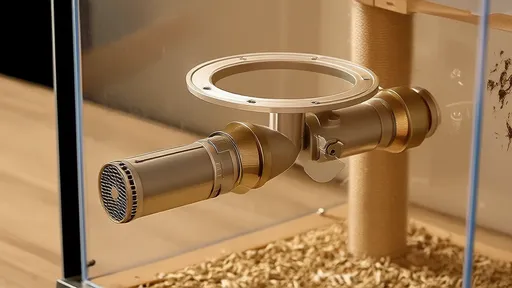
By /Jun 28, 2025
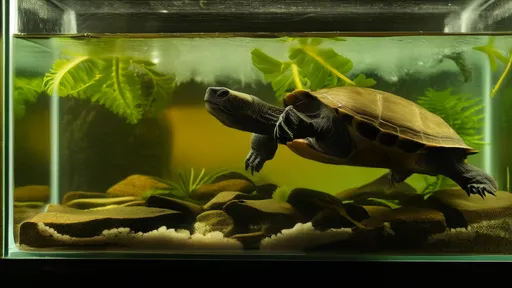
By /Jun 28, 2025
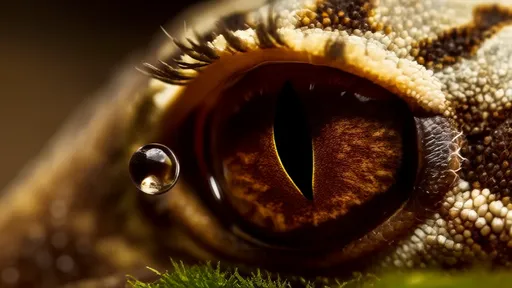
By /Jun 28, 2025

By /Jun 28, 2025
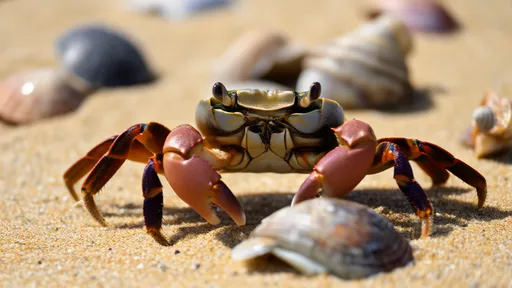
By /Jun 28, 2025
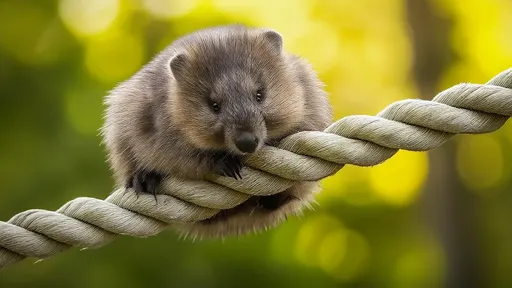
By /Jun 28, 2025
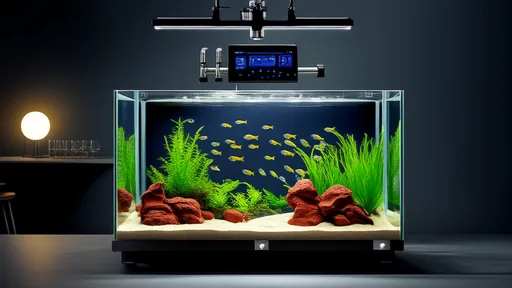
By /Jun 28, 2025
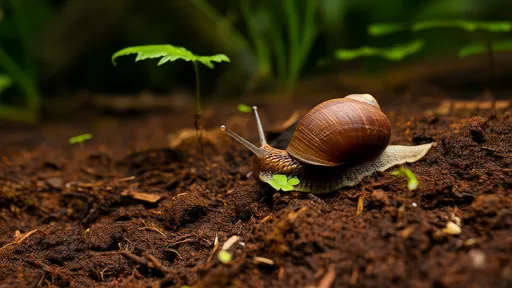
By /Jun 28, 2025

By /Jun 28, 2025

By /Jun 28, 2025
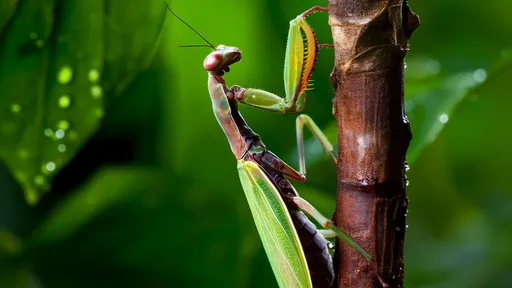
By /Jun 28, 2025
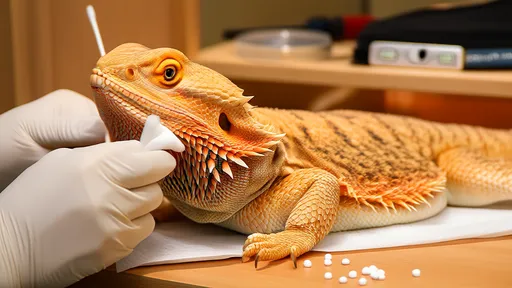
By /Jun 28, 2025
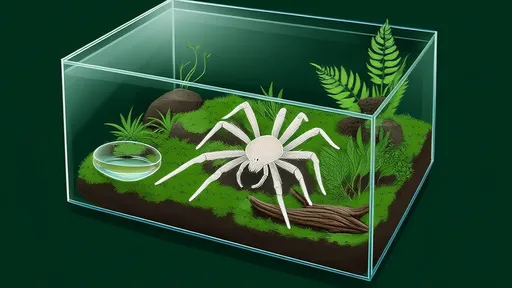
By /Jun 28, 2025